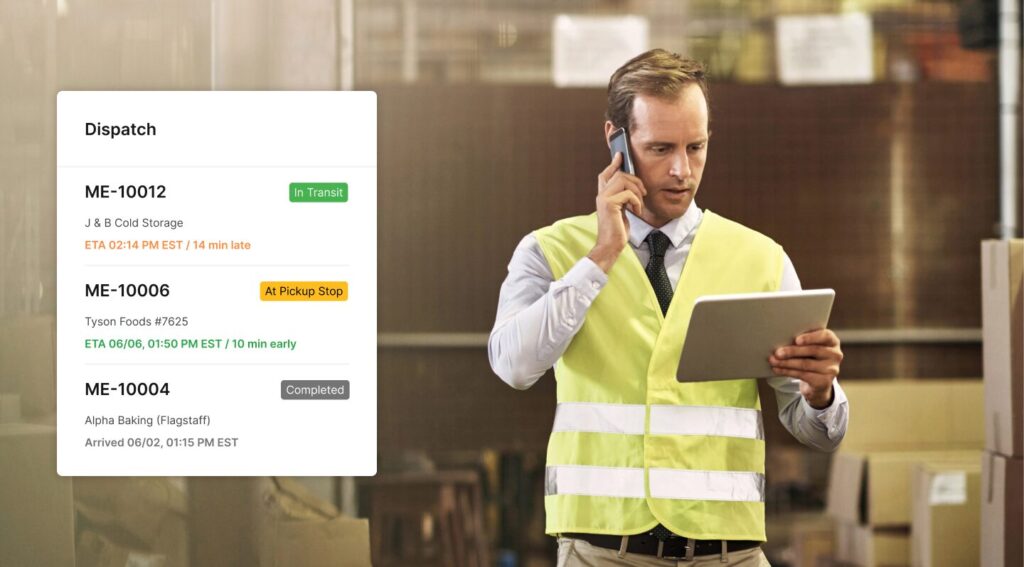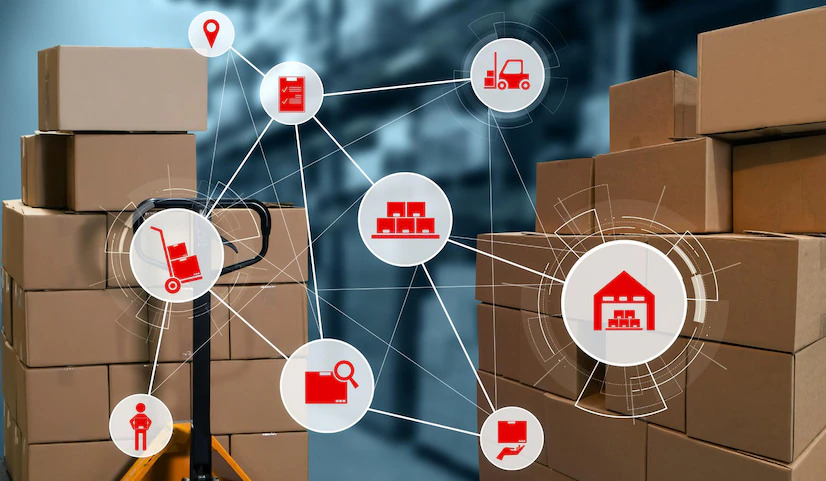If you are looking for a way to import goods from China to Hungary, you might be overwhelmed by the complexity of the logistics process. There are many factors to consider, such as shipping methods, customs regulations, packaging requirements, and more. How can you ensure a smooth and cost-effective shipping experience?
In this article, we will provide you with a comprehensive guide on how to ship from China to Hungary. We will cover the following topics:
- Understanding the logistics process
- Key considerations when shipping from China to Hungary
- Choosing the right shipping method
- Customs regulations and documentation
- Packaging and labeling requirements
- Finding reliable freight forwarders and shipping agents
- Tracking and managing your shipment
- Tips for cost-effective shipping
By the end of this article, you will have a clear idea of how to plan and execute your shipment from China to Hungary.
Understanding the logistics process

Shipping from China to Hungary involves several steps and parties. Here is a simplified overview of the logistics process:
- You place an order with a supplier in China and confirm the terms of trade, such as Incoterms, payment terms, delivery time, etc.
- The supplier prepares the goods for shipment and arranges for pickup by a freight forwarder or a shipping agent.
- The freight forwarder or the shipping agent transports the goods from the supplier’s warehouse to the port of departure in China, either by truck, rail, or air.
- The goods are loaded onto a vessel or an aircraft and depart from China to Hungary.
- The goods arrive at the port of entry in Hungary and undergo customs clearance and inspection.
- The goods are released by the customs authorities and delivered to your warehouse or final destination by a local courier or trucking company.
Depending on the shipping method, transit time, and customs procedures, the whole process can take anywhere from a few days to several weeks.
Key considerations when shipping from China to Hungary

Before you start shipping from China to Hungary, there are some important factors that you need to consider:
- The type and quantity of goods you are importing
- The value and weight of your shipment
- The origin and destination of your shipment
- The shipping method and mode of transport you choose
- The customs duties and taxes you need to pay
- The import regulations and restrictions that apply to your goods
- The documentation and paperwork you need to prepare
These factors will affect the cost, speed, reliability, and safety of your shipment. Therefore, you need to do your research and plan ahead to avoid any delays, penalties, or losses.
Choosing the right shipping method

One of the most crucial decisions you need to make when shipping from China to Hungary is choosing the right shipping method. There are three main options: sea freight, air freight, and rail freight.
Sea freight is the most common and economical way of shipping large volumes of goods over long distances. However, it is also the slowest and most prone to delays due to weather conditions, port congestion, or other unforeseen circumstances.
Air freight is the fastest and most reliable way of shipping small volumes of goods over short distances. However, it is also the most expensive and has strict limitations on weight and size.
Rail freight is a relatively new and emerging option for shipping goods between China and Europe. It offers a balance between speed and cost, as well as environmental benefits. However, it is still limited by availability, capacity, and infrastructure.
The best shipping method for your shipment depends on your specific needs and preferences. You need to consider factors such as:
- The urgency of your shipment
- The budget of your shipment
- The size and weight of your shipment
- The nature and value of your goods
- The distance between origin and destination
You can also combine different shipping methods to optimize your logistics strategy. For example, you can use sea-air transport, which involves shipping by sea from China to a nearby port in Europe, then transferring to air transport to Hungary. This way, you can save on costs while reducing transit time.
Customs regulations and documentation

Another important aspect of shipping from China to Hungary is complying with customs regulations and documentation. As a member of the European Union (EU), Hungary follows the common customs rules and procedures of the EU. This means that you need to declare your goods at the customs office of entry in Hungary and pay any applicable duties and taxes.
The amount of duties and taxes you need to pay depends on the type, value, origin, and destination of your goods. You can use the EU’s TARIC database ) to check the tariff rates for different products.
You also need to prepare various documents to support your customs declaration. These include:
- Commercial invoice: A document that shows the details of your transaction, such as the seller, buyer, description, quantity, price, terms of trade, etc.
- Packing list: A document that shows the details of your shipment, such as the number of packages, weight, dimensions, marks, numbers, etc.
- Bill of lading (B/L) or air waybill (AWB): A document that shows the contract of carriage between you and the carrier, as well as the proof of delivery of your goods.
- Certificate of origin (CO): A document that shows the origin of your goods and determines their eligibility for preferential tariff treatment under certain trade agreements.
- Other certificates or permits: Depending on the nature of your goods, you may need to obtain additional certificates or permits from relevant authorities, such as health, sanitary, phytosanitary, veterinary, quality, safety, etc.
You can use the EU’s Export Helpdesk to check the specific requirements for different products and countries.
Packaging and labeling requirements

Another aspect of shipping from China to Hungary is ensuring that your goods are properly packaged and labeled. This is important to protect your goods from damage, loss, or theft during transit, as well as to facilitate identification, handling, and customs clearance.
You need to follow some general guidelines for packaging and labeling your goods, such as:
- Use sturdy and durable materials that can withstand shocks, vibrations, moisture, temperature changes, etc.
- Use adequate cushioning and padding to prevent your goods from moving or colliding inside the package.
- Use appropriate seals and locks to secure your package and prevent unauthorized access or tampering.
- Use clear and accurate labels that show the following information: sender’s name and address, receiver’s name and address, description and quantity of goods, country of origin, destination country code, package number and weight, handling instructions (such as fragile, do not stack, this side up, etc.), barcodes or tracking numbers, etc.
- Use standardized symbols and signs that comply with international conventions and regulations (such as UN symbols for dangerous goods, ISO symbols for packaging ).
- Use language that is understandable by the carrier and the customs authorities (such as English or Hungarian).
You can also consult with your freight forwarder or shipping agent for specific advice on how to package and label your goods according to the shipping method and mode of transport you choose.
Finding reliable freight forwarders and shipping agents

One of the key factors that can affect the success of your shipment from China to Hungary is finding reliable freight forwarders and shipping agents. These are intermediaries that can help you arrange and manage your shipment from end to end. They can offer you various services such as:
- Booking space and capacity with carriers
- Negotiating rates and terms with carriers
- Preparing and processing documents
- Handling customs clearance
- Providing insurance and risk management
- Offering warehousing and storage
- Providing value-added services such as packing, labeling, consolidation, distribution, etc.
However, not all freight forwarders and shipping agents are created equal. You need to choose carefully based on factors such as:
- Experience and reputation in the industry
- Expertise and knowledge in the specific market
- Network and coverage in the origin and destination countries
- Customer service and communication skills
- Flexibility and adaptability to your needs
- Transparency and accountability in their operations
- Fees and charges for their services
You can use online platforms such as Freightos to compare quotes and reviews from different freight forwarders and shipping agents. You can also ask for referrals from your supplier or other importers who have experience in shipping from China to Hungary.
Tracking and managing your shipment

Once you have arranged your shipment from China to Hungary, you need to track and manage it throughout its journey. This is important to ensure that your goods arrive safely and on time at your destination.
You can use various tools and methods to track and manage your shipment, such as:
- Tracking numbers or codes: These are unique identifiers that are assigned to your shipment by the carrier or the freight forwarder. You can use them to check the status and location of your shipment online or by phone.
- Tracking apps or websites: These are online platforms that allow you to track multiple shipments from different carriers or freight forwarders in one place. Some examples are 17Track, Parcel Monitor, etc.
- GPS devices or sensors: These are devices that are attached to your shipment or package that transmit real-time data on its location, temperature, humidity, movement, etc.




